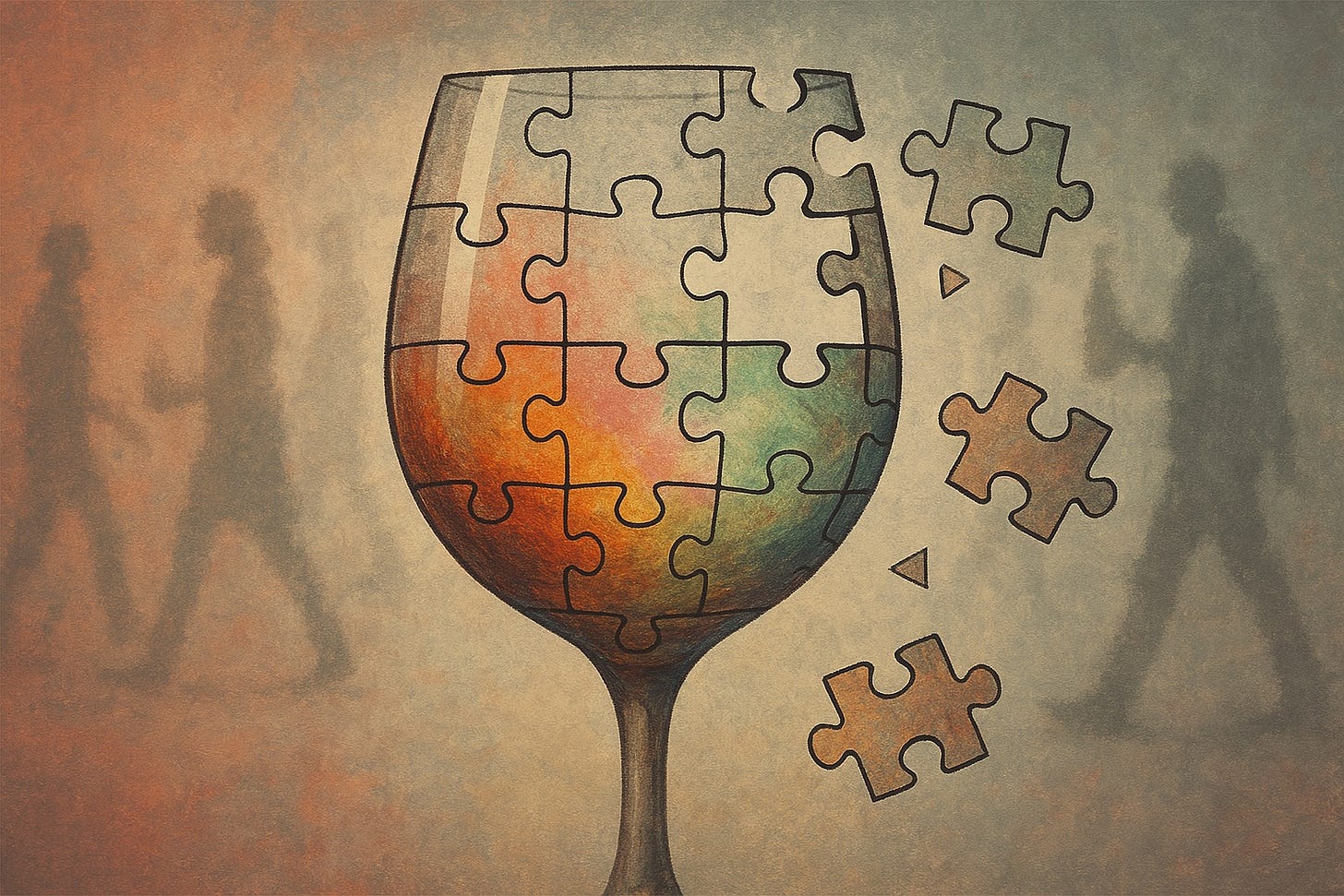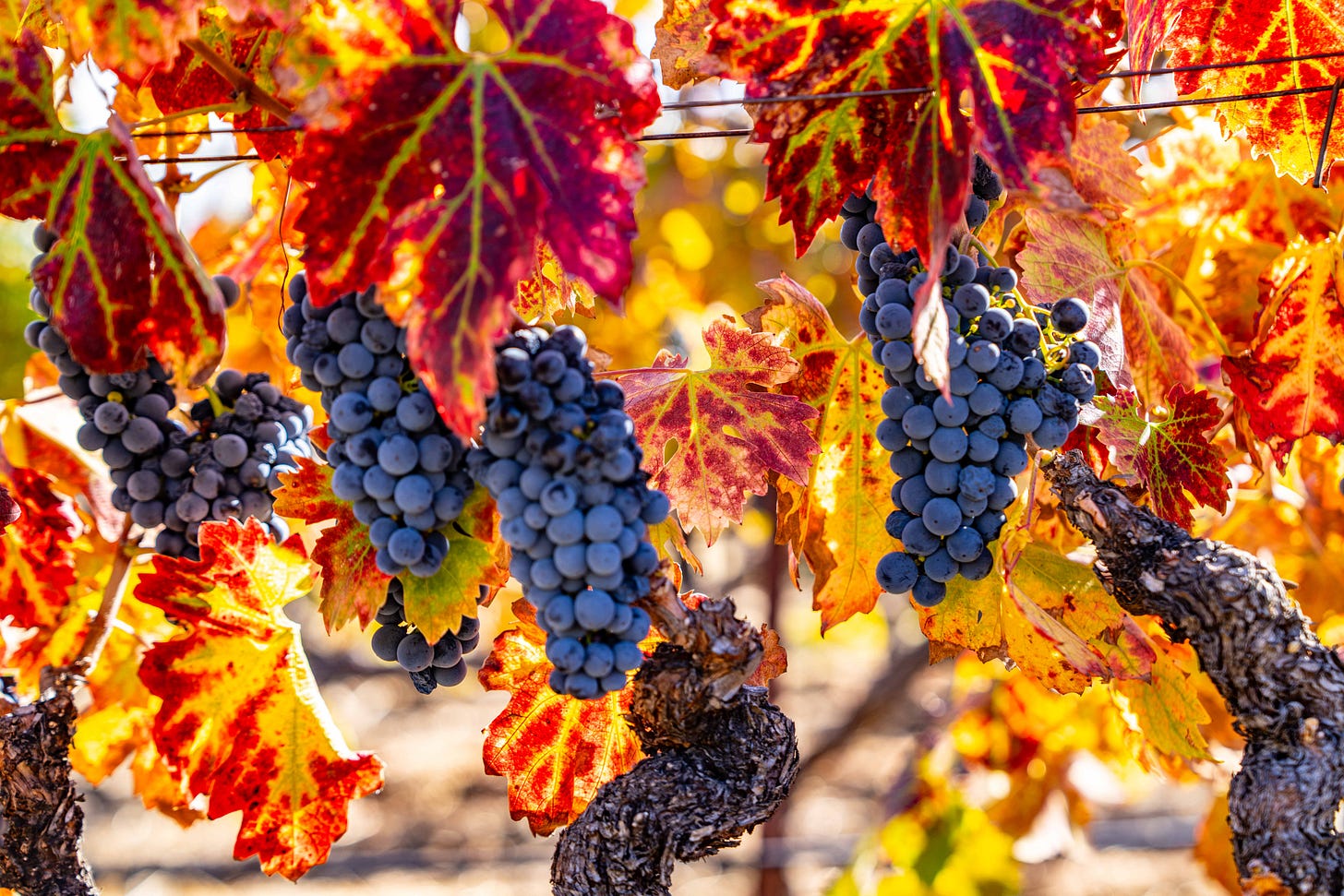We Need Your Help
If you’re reading this, you care about independent, locally owned, ad-free journalism — reporting that puts our region’s stories first, not corporate interests or clickbait.
Join a community that values in-depth, independent reporting. Become a paid subscriber today — and if you already are, thank you. Help us grow by liking, commenting and sharing our work.
The Spotlight
Welcome to “Under the Hood,” our exclusive Saturday series for Napa Valley Features paid subscribers. This week Paul Franson digs into how the Wine Market Council is urging wineries to rethink their messaging, diversify offerings and re-engage younger, more diverse drinkers.
Additionally, we’re diving into the latest data from our readers’ polls and providing insights from our economic dashboard, covering local Napa Valley, U.S. and global markets.
In addition, we feature "What We Are Reading," a section with a handpicked list of recent articles that provides a variety of viewpoints on issues important to our community and beyond.
“What We Are Reading” quotes of the day:
“Restaurants should expect fewer customers and smaller checks …” – from Lauren Nicholson in "88% Say They’ve Changed Grocery Shopping Habits Due to Inflation — Here’s How," LendingTree.
"I think there is going to be a desperate need to disconnect [from social media] at some point. It will be seen as quite cool in the future to have an experience that is left for discovery during the visit." – from Remy Savage in "Report shows backlash against social media fueling new bar trends," Hamish Graham, Harpers Wine & Spirit Trade News.
"It was absolutely shocking to see these signals of dementia because these birds are less than 100 days old, and they live up to 37 years" – from Jack Rivers-Auty, in "'Shocking' signs of brain damage in plastic-eating chicks," Chemical & Engineering News.
“Congressional Republicans have mandated an $880 billion healthcare budget cut, something that can’t be done without destroying Medicaid. And the destruction of Medicaid will hurt everyone.” – from Rep. Mike Thompson in "Thompson, Healthcare Providers, and Patients Warn of Devastating Republican Health Care Cuts," U.S. House of Representatives.
“The BRIC program was yet another example of a wasteful and ineffective FEMA program. It was more concerned with political agendas than helping Americans affected by natural disasters.” – from a FEMA spokesperson in "FEMA Ends Wasteful, Politicized Grant Program, Returning Agency to Core Mission of Helping Americans Recovering from Natural Disasters," FEMA.gov.
“FEMA’s decision halts a program [$35 million dollar grant] that was not only forward-thinking, but also fiscally responsible.” – from Ryan Alsop in "Napa County Responds to FEMA Cancellation of Wildfire Resilience Grant," Napa County News.
“The health secretary’s team has sought nonexistent data to justify antivaccine narratives.” – from Dr. Peter Marks in "Ousted Vaccine Chief Says RFK Jr.’s Team Sought Data to Justify Anti-Science Stance," The Wall Street Journal.
"People are living in fear, if not for their lives, then certainly for their liberty and safety." – from Michael Thaddeus, in "International Ph.D. students make emergency plans in fear of U.S. immigration raids," Nature.
Wine Market Council Tackles Industry Headwinds
By Paul Franson
NAPA VALLEY, Calif. — As if to underscore the challenges facing the wine business, the Wine Market Council’s Annual Research Conference and Members Meeting was held the day after President Donald Trump announced unprecedented tariffs that are destined to roil the wine world as much as the stock market and almost every aspect of American life.
WMC president Liz Thach welcomed about 200 members and others to the meeting at the CIA at Copia in Napa with the litany of issues already impacting the business:
Wine volume is down, though value is up. Growers are pulling vines, wineries are for sale – and some are simply shutting down. Younger consumers have found alternatives to wine, older consumers are drinking less, a glut of wine sits in warehouses, some brands are booming while other hurting, and we have the obvious issues of a stuttering economy and politics.
An anti-alcohol movement doesn’t seem to remember the lessons of Prohibition. There’s interest in nonalcoholic wines, though probably more so in other beverages without alcohol, and people are drinking more whites and rosés than reds, perhaps seeking a drink perceived (often correctly) as lower in alcohol.
About 85 million Americans drink wine, 34%, but that’s down from the high point of 42% in 2012. About 50% are core wine drinkers, drinking once a week or more; 14% are marginal wine drinkers, drinking less than once a week and more that once every two or three months; and 10% are infrequent wine drinkers. Some 29% drink other alcoholic beverages, and 27% abstain completely.
Consumption is down for many reasons that include health concerns and the attraction of alternatives but also because of tight times for many people and less socializing since the COVID pandemic.





